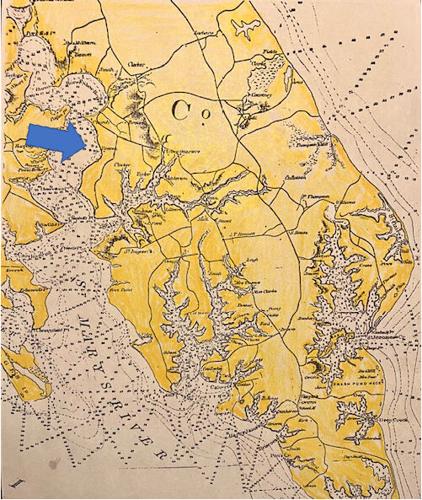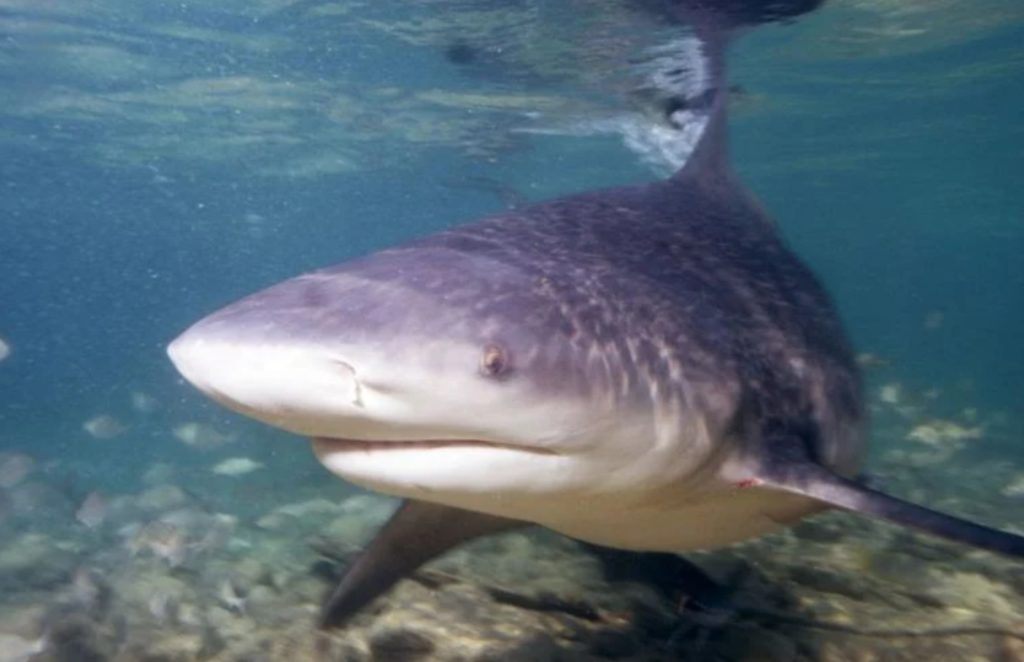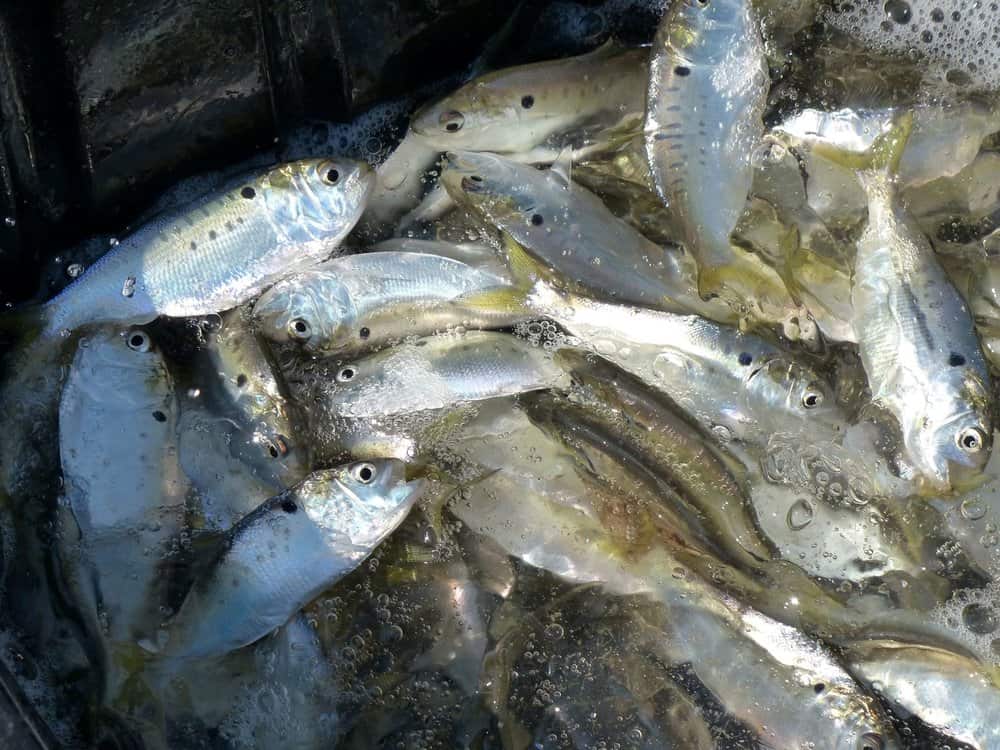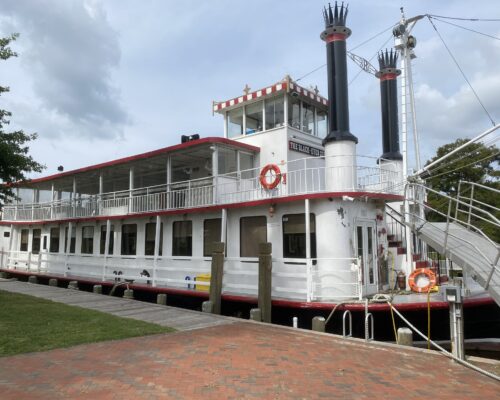By Jeremy Cox, Bay Journal News Service
In August of 1640, an English-born laborer stepped off from the sandy shoreline of one of Maryland’s tidal rivers—and into the maw of history. He had only just begun wading in when a “huge fish” sunk its jaws into his thigh and tore away a giant chunk of flesh.
The man died, but a written record of his gory demise survived. The only physical copies, though, were inscribed in Latin and shipped back to Europe, soon to be forgotten.
Flash forward nearly 400 years. A former federal marine scientist and a history book author have rescued the account from obscurity to make a bold claim: This was the first documented fatal shark attack in North America. (Read their research paper here.)

The 1640 incident predates by two years an attack off what is now New York City, currently listed by the Shark Research Institute as the earliest recorded unprovoked shark attack on the continent. And there’s strong reason to believe that it was a fiction sprung from the mind of Washington Irving, who wrote about it in an 1809 work.
Kent Mountford, the retired scientist, and Richard Fernicola, the history author, assert that the report of the deadly encounter in the Chesapeake appears credible. And they’re reasonably sure what type of shark did him in: a bull shark.
“We’re almost guaranteeing that this is the shark that killed this man,” Mountford said.
As a senior estuarine researcher with the U.S. Environmental Protection Agency, Mountford was an early architect of the science behind the Chesapeake Bay Program, the multi-state and federal effort to restore the Bay. He retired in 2000.
In 2010, writing for Bay Journal, he dove into the history behind Maryland’s then-recent purchase of more than 4,000 acres of land from the Society of Jesus, Maryland Province. The shark story happened to be mentioned in the 26th paragraph.
Years passed before Fernicola stumbled across the column online. The New Jersey-based physician had made a name for himself in the shark research community with the publication of a book, Twelve Days of Terror. It is one of the most complete accounts of the spate of deadly incidents off the Jersey Shore in 1916 that set into motion the nation’s fascination with—and fear of—sharks.
“He just went bonkers when he saw this in the Bay Journal,” Mountford recalled.
Today, shark attacks are typically reported by local authorities and recorded by news outlets. Historical accounts can be difficult to etch conclusively in the record because they are often based on hearsay and murky details. That is not the case here, both men said.
The author was a man of authority: Father Thomas Copley, a Jesuit priest garrisoned in the St. Mary’s settlement on the shores of what is now called the St. Marys River. His shark account appears in the 1640 version of his annual report to Rome.
One afternoon that summer—Mountford and Fernicola believe it was August—an overheated laborer decided to swim in the St. Marys, a Potomac River tributary just a few miles upstream from the Chesapeake Bay.
Per the letter: “Scarcely had he touched the water when a huge fish having suddenly seized the wicked man, before he could retreat to the bank, tore away at a bite, a large portion of his thigh, by the pain of which most merited laceration, the unhappy wretch was in a short time hurried away from the living.”
Copley’s description matches up neatly with a typical bull shark attack, according to Mountford and Fernicola. (Historical accounts often deploy terms such as “huge fish” when referring to sharks, they said.) The blunt-nosed, round-bodied species is known to venture into freshwater. And they often employ a “bump and bite” method with their prey, which appears to be the case here, they said.
Charles Bangley, a marine biologist and shark expert at Canada’s Dalhousie University, consulted with the two researchers over the years. He agrees that a bull shark was most likely to blame.
“In our work, we found that the lower Potomac River in the general St. Marys area was a bit of a hot spot for sightings, and pound net fishermen continue to catch large ones on occasion,” said Bangley, a former fellow at the Smithsonian Environmental Research Center in Edgewater, Maryland. “There are other large and potentially dangerous species that sometimes enter the lower Chesapeake, but to my knowledge there’s never been a record of any of them as far up as the Potomac River.”
The 1640 fatality may be the earliest of its kind recorded in this neck of the woods, but it is far from the first shark-related death documented in world history. That title is held by an incident that happened 3,000 years ago in waters off Japan.
Mountford and Fernicola weren’t content to confine their research to a single event. They combed through historical writings, media accounts and scientific works to compile what is likely the most comprehensive accounting of shark interactions in the Chesapeake Bay region, counting 181 events in all. As many as seven were fatal.
You can read this story in its entirety at bayjournal.com.




